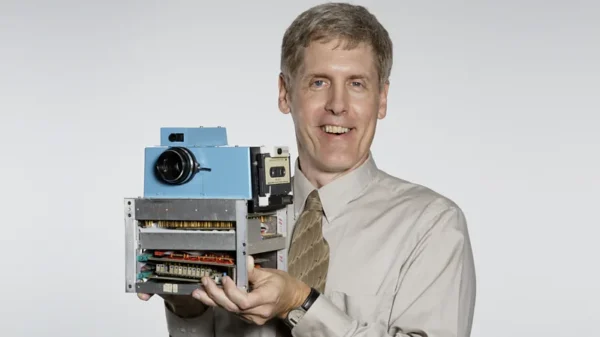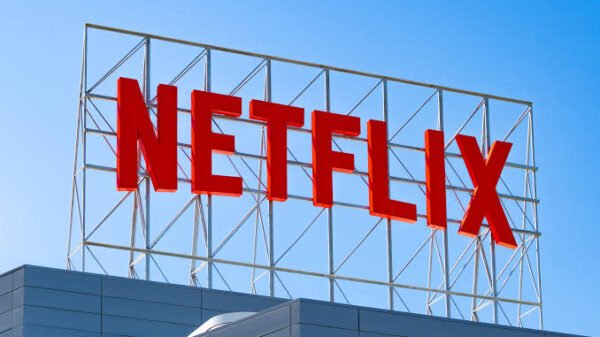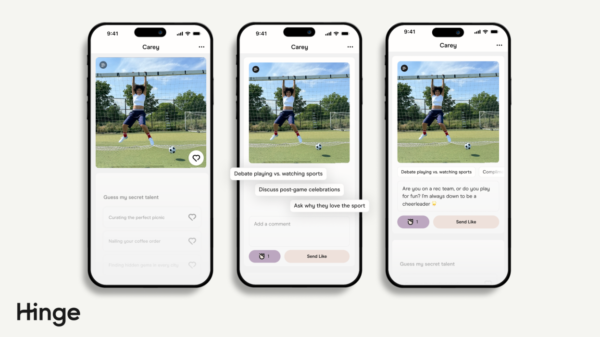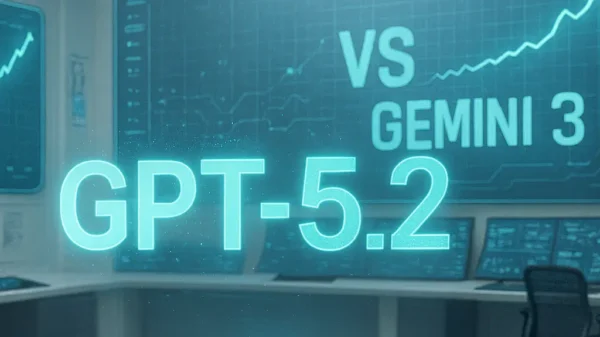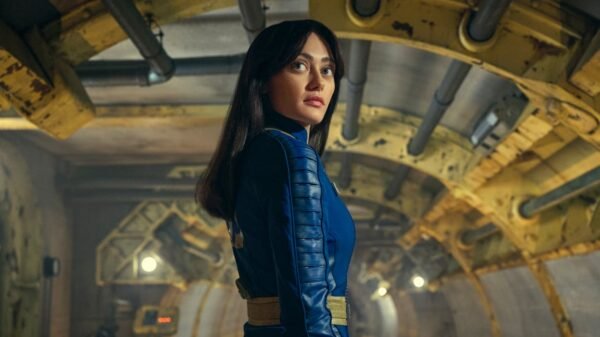With the rise of narrative-driven FMV games that use video instead of animated graphics, many gamers have commented that video games are becoming more like movies. Kino Industries has decided to improve upon this concept of combining both movies and video games by taking it to the next level. The movie-video game hybrid Late Shift, which is directed by Tobias Weber, is the first interactive film that allows the audience to determine which direction the story will go by voting on their phones what action the protagonist does next.
Late Shift follows intelligent student Matt, portrayed by Joe Sowerbutts, as he attempts to prove his innocence after he is forced to take part in the heist of a famous London auction-house.
Using an app that can be downloaded onto a cellphone, viewers are given a couple of choices of what they’d like to see happen in a scene, which is timed to make sure that the film steadily proceeds and never stops. Overall, there are about 180 chances to vote throughout the film that triggers small or large events. If no one votes, the film proceeds on a predetermined route that is considered the “director’s cut.”
Tobias Weber stated that, depending on the choices of the audience, the protagonist Matt “becomes the worst version of himself or a better version of himself.” There are seven possible endings to the movie. While the range of story options is less varied in the beginning of the film, the last 40% of the film branches out in considerably different directions, allowing the film to be anywhere from 72 to 94 minutes.
While the film has a similar format to video games, the producer, Chady Eli Mattar, views Late Shift as more of an interactive film than a video game, and calls the experience “the gamification of films.”
Mattar stated, “Sometimes people hear ‘the gamification of films’ and they react, ‘Eh, come on,’ because film always feels it’s superior, in terms of entertainment.” He continued, “And then you look at something like [Late Shift]— it’s an incredible game. I like to say you’re playing this because there is a gamification to it. I don’t know if that’s bad or good, but I think it’s exciting.”
While the film is an innovation in both mediums, one drawback to Late Shift’s format is that the narrative will most likely suffer in certain viewings since the story so heavily depends on the whims of the viewer as well as the timing of the viewer’s vote, which may damage the flow and consistency of the narrative as it proceeds. Despite the possible impediment it may place on the storytelling, Late Shift’s format offers audiences a unique movie-going experience that also enhances the community feeling that used to be present when going to the movies.
In my own opinion, midnight showings are one of the best ways to experience movies, when every single person in the audience has a preconceived passion for the characters and stories on screen, enjoying the film as a unit. With the rise of shootings in movie theaters, midnight showings are less common as well as the communal experience they used to create. Late Shift is the first film to offer that same sense of community, creating a fun social experience for the audience.
Providing the crowd with more agency over the film also engaged everyone in the theater. At a screening viewed by Megan Farokhmanesh from The Verge, she observed that the audience chose options that would be less likely to happen in a standard movie plot, such as instead of the protagonist forming a romance with his love interest, the viewers decided they’d rather see Matt act like a jerk towards her, which resulted in a more unpredictable and amusing plot line that everyone had a part in selecting.
Mattar doesn’t think Late Shift’s interactive format will change the movie industry, but he does think the format has prospects. Mattar commented, “I think that the beauty of this, and the beauty of any technology, is that you make a choice of what you want to do with it.” He continued, “If this is going to help people keep being creative, make films, keep more directors and writers creative and energized, feeling their movies are still a communal experience, their movies are still being consumed collectively, that’s nice. Why not?”
After a screening of Late Shift was held by Paramount’s Senior Vice President, Tom Hayes, a poll was taken from everyone in attendance asking if, with an additional charge, they’d like to see an interactive version of, for example, a film like Paranormal Activity; the majority of the poll takers said yes. After the favorable response from the audience, it’s safe to say that film-goers may see more interactive films from Paramount Pictures in the future.


